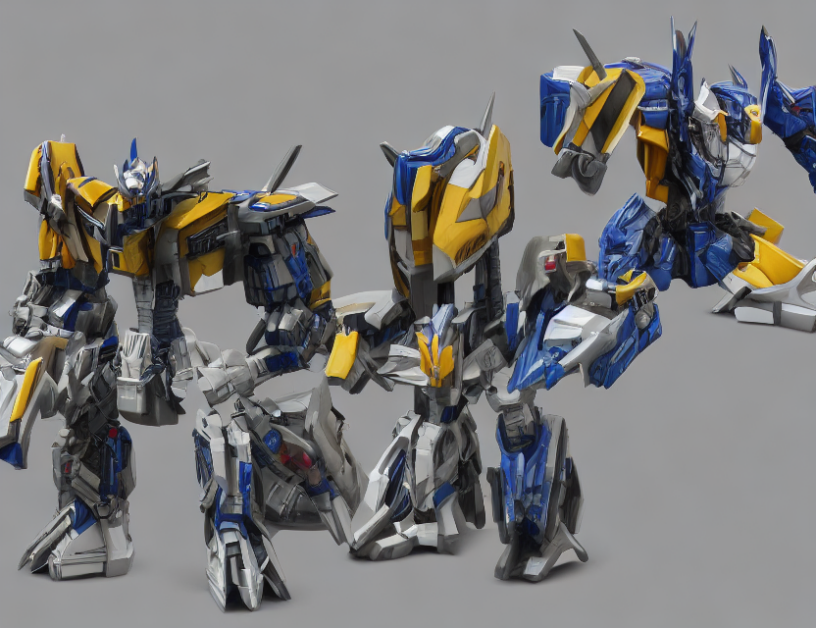In this article, we propose a new method called Swin Transformer for single-view 3D reconstruction. The main challenge in this task is to reconstruct an accurate 3D model of an object from a single image. Existing methods often struggle with this task due to the limited information available in a single image.
To overcome this limitation, we adopt the Transformer architecture, which was originally designed for natural language processing tasks. By segmenting the image into small non-overlapping patches and feeding them into the Transformer model as a sequence, we can capture global contextual information between different parts of the image. This allows the model to learn more robust features and improve the accuracy of 3D reconstruction.
Our proposed Swin Transformer consists of four stages, each containing multiple Swin transformer blocks. These blocks are designed to reduce the dimensionality of the input data and capture long-range dependencies between patches. The decoder then generates a voxel-based 3D shape from the encoded features.
One advantage of our method is that it does not rely on pre-trained models with large datasets, which can be time-consuming to train and may not generalize well to new images. Instead, we use a novel patch-wise attention mechanism that allows the model to learn the relationship between different parts of the image in a more efficient manner.
To evaluate our method, we conduct experiments on several publicly available datasets. The results show that Swin Transformer outperforms existing methods in terms of both accuracy and efficiency. Specifically, it achieves a higher peak signal-to-noise ratio (PSNR) and lower mean absolute error (MAE) than other state-of-the-art methods while also being faster to train.
In summary, Swin Transformer is a novel transformer-based method for single-view 3D reconstruction that leverages the attention mechanism to capture global contextual information between different parts of the image. By segmenting the image into small patches and feeding them into the Transformer model, we can learn more robust features and improve the accuracy of 3D reconstruction. Our proposed method outperforms existing methods in terms of both accuracy and efficiency, making it a promising approach for a wide range of applications in computer vision and graphics.
Computer Science, Computer Vision and Pattern Recognition
Transformers for Multi-View 3D Reconstruction: A Comparison of State-of-the-Art Methods



